This document is a project report submitted by Abhishek Saurabh for the degree of Bachelor of Pharmacy at Birla Institute of Technology in Ranchi, India in 2015. The report provides an overview of the historical development of pharmaceutical regulatory affairs in the United States, Europe, and India from the early 19th century to the present. It discusses key events that shaped drug regulation, such as the vaccine tragedy of 1901 in the US that led to the Biologics Control Act of 1902, and various tragedies in the 1950s that increased legislation around drug quality, safety and efficacy.






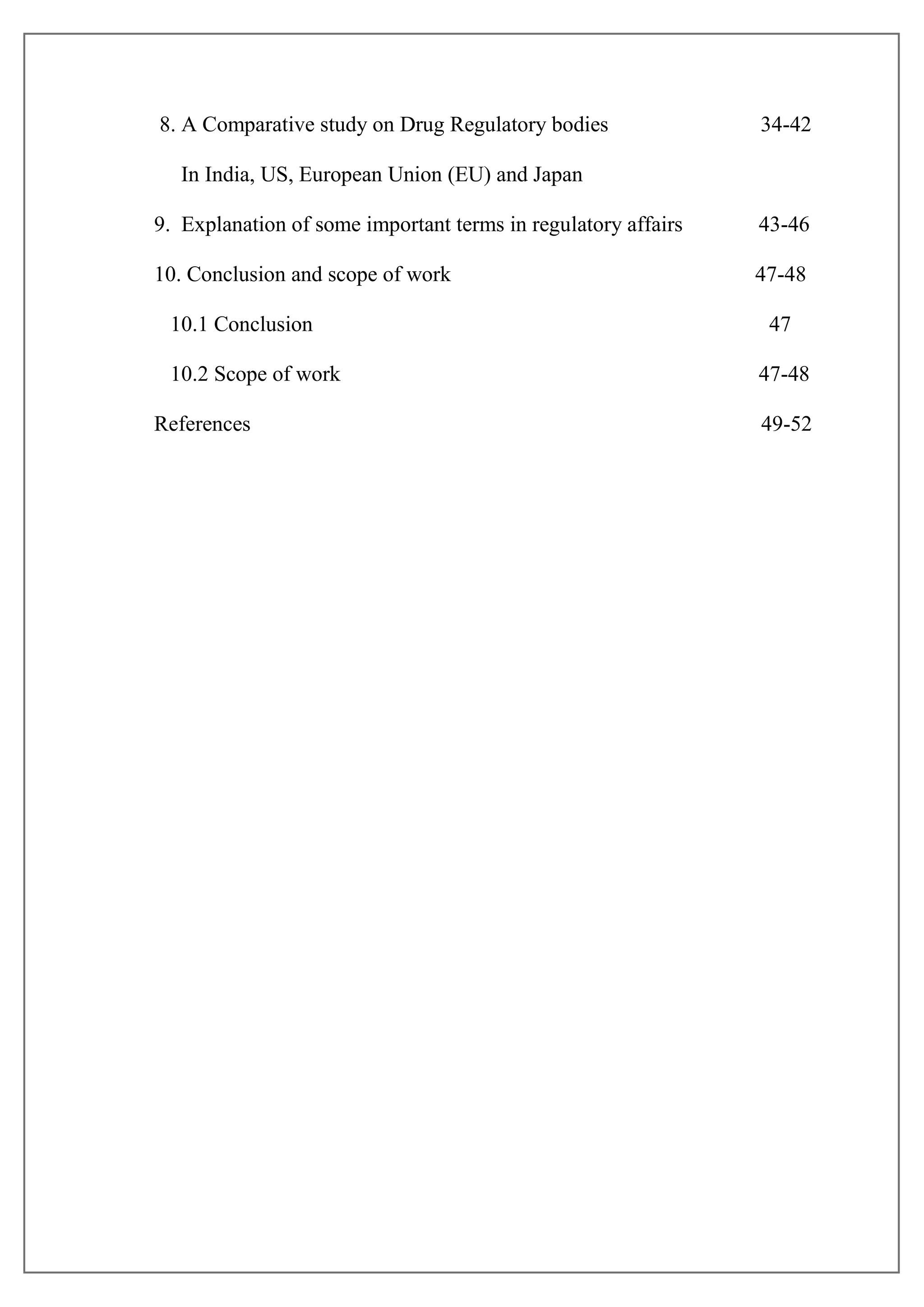
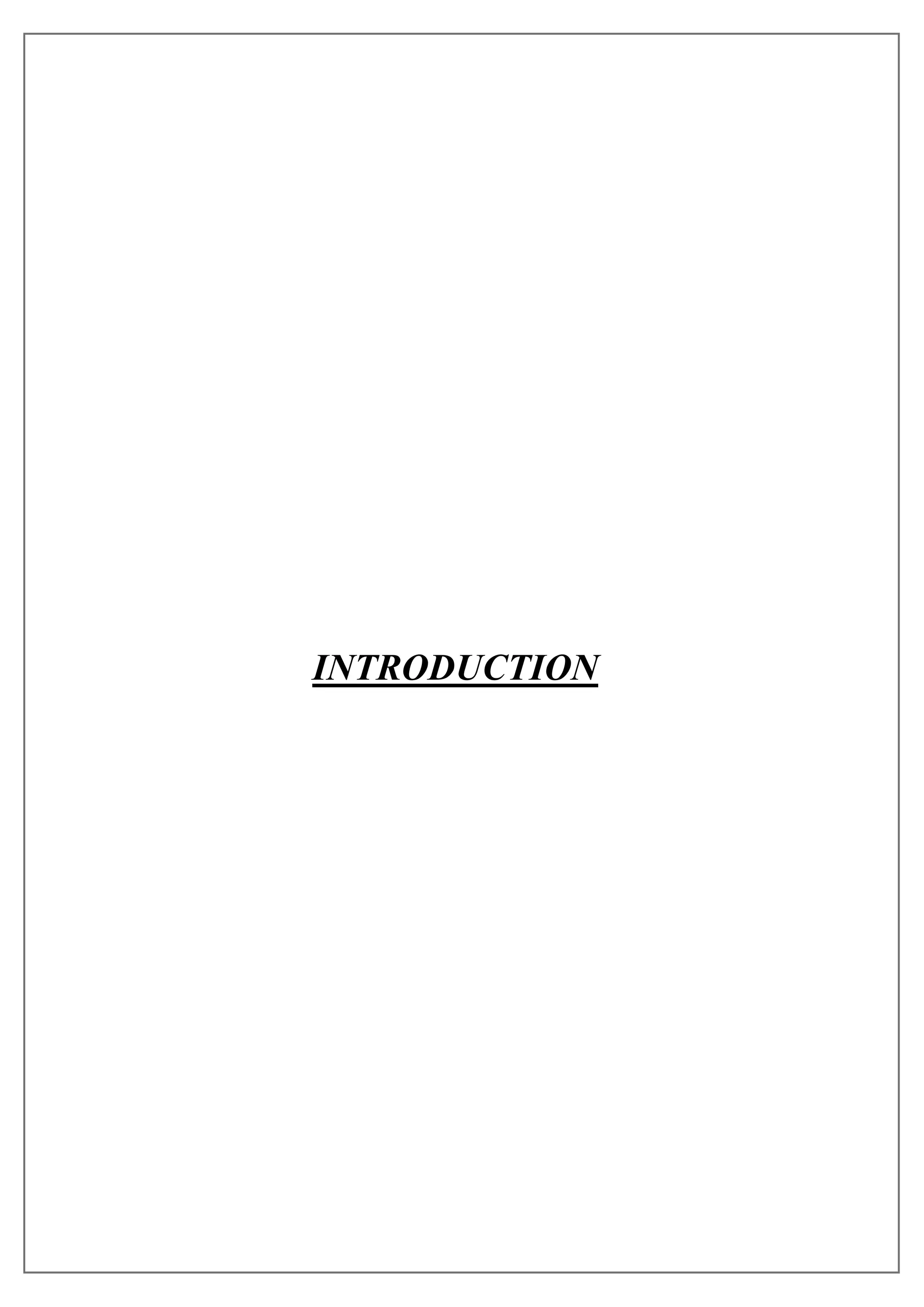




























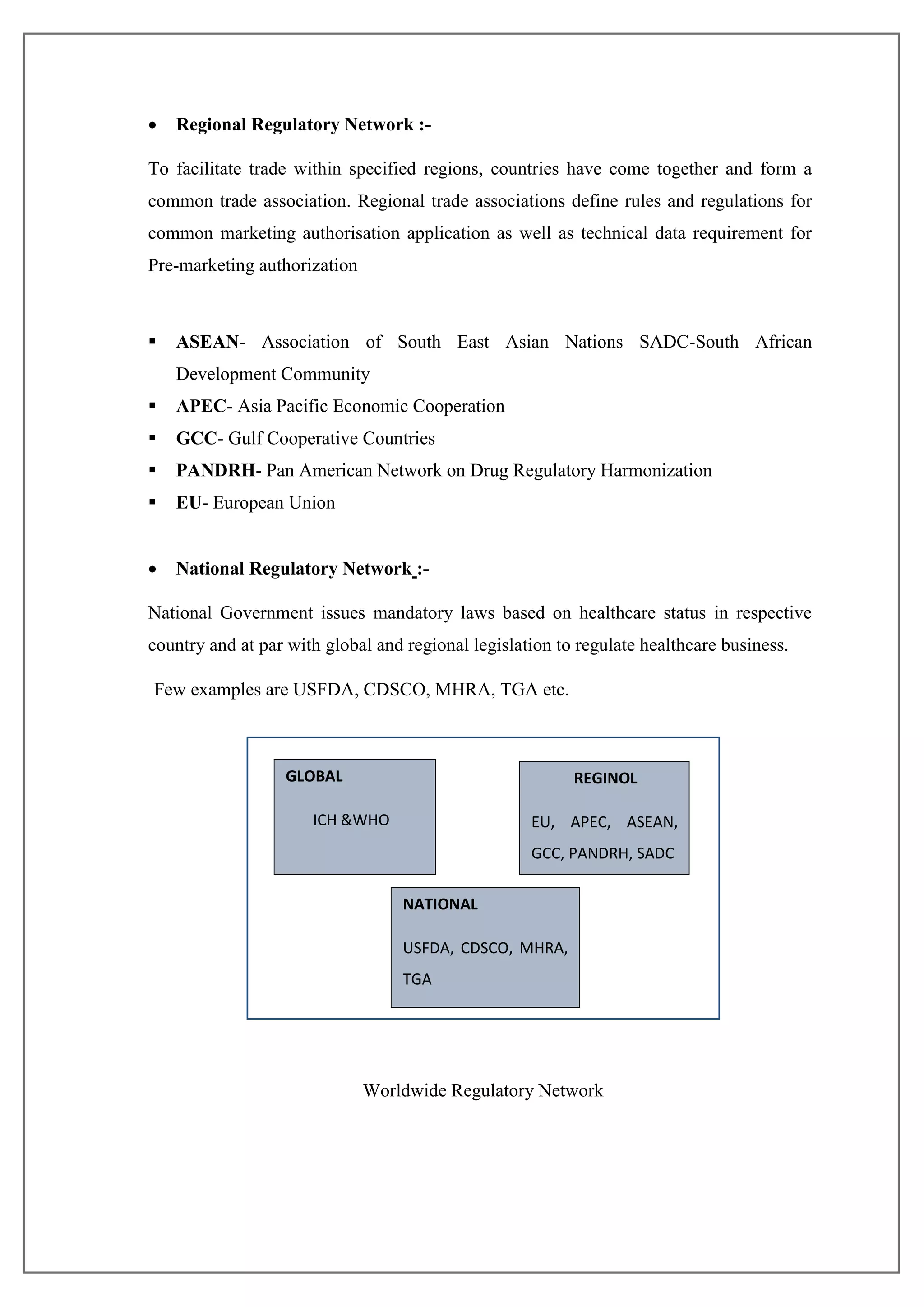







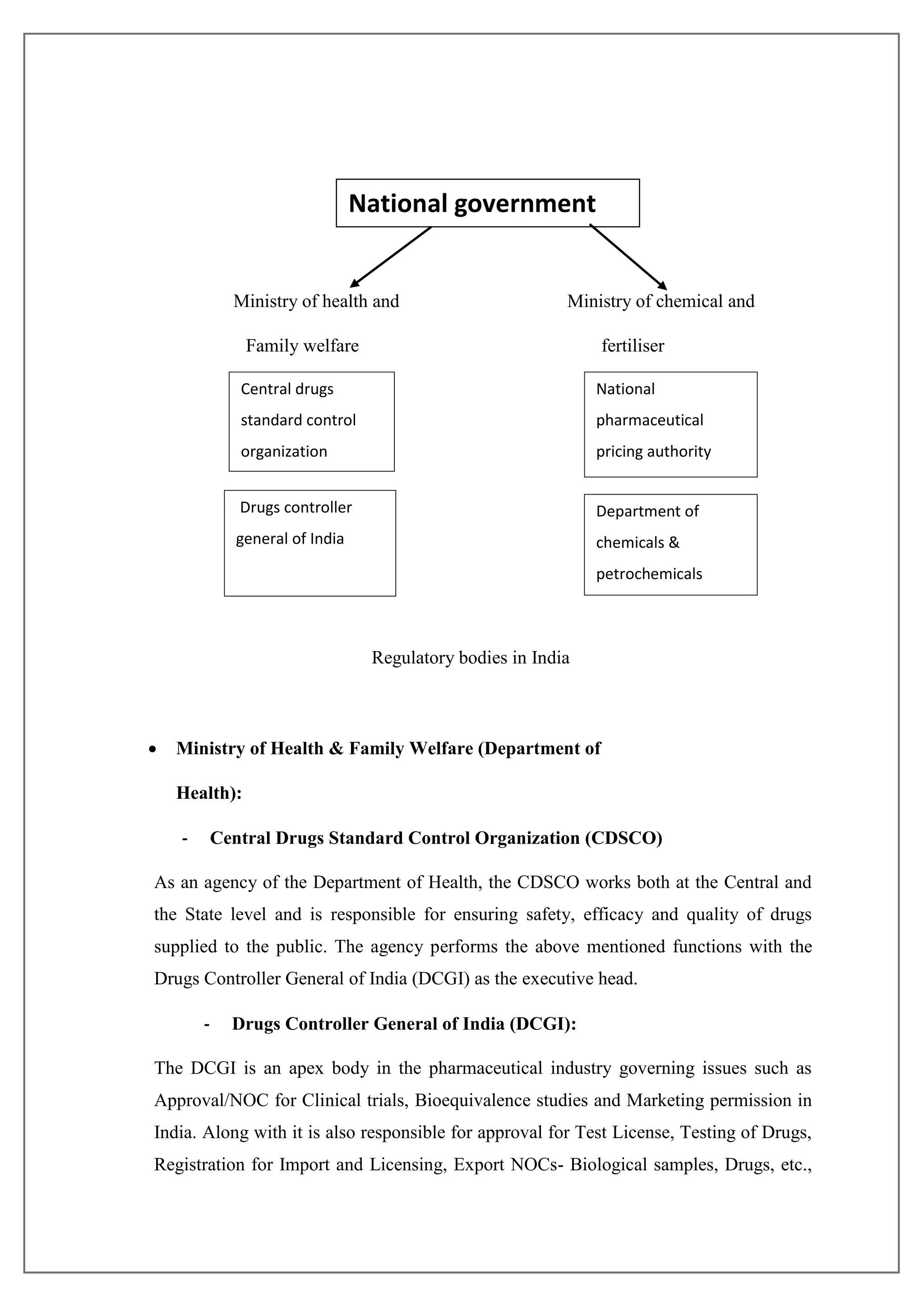
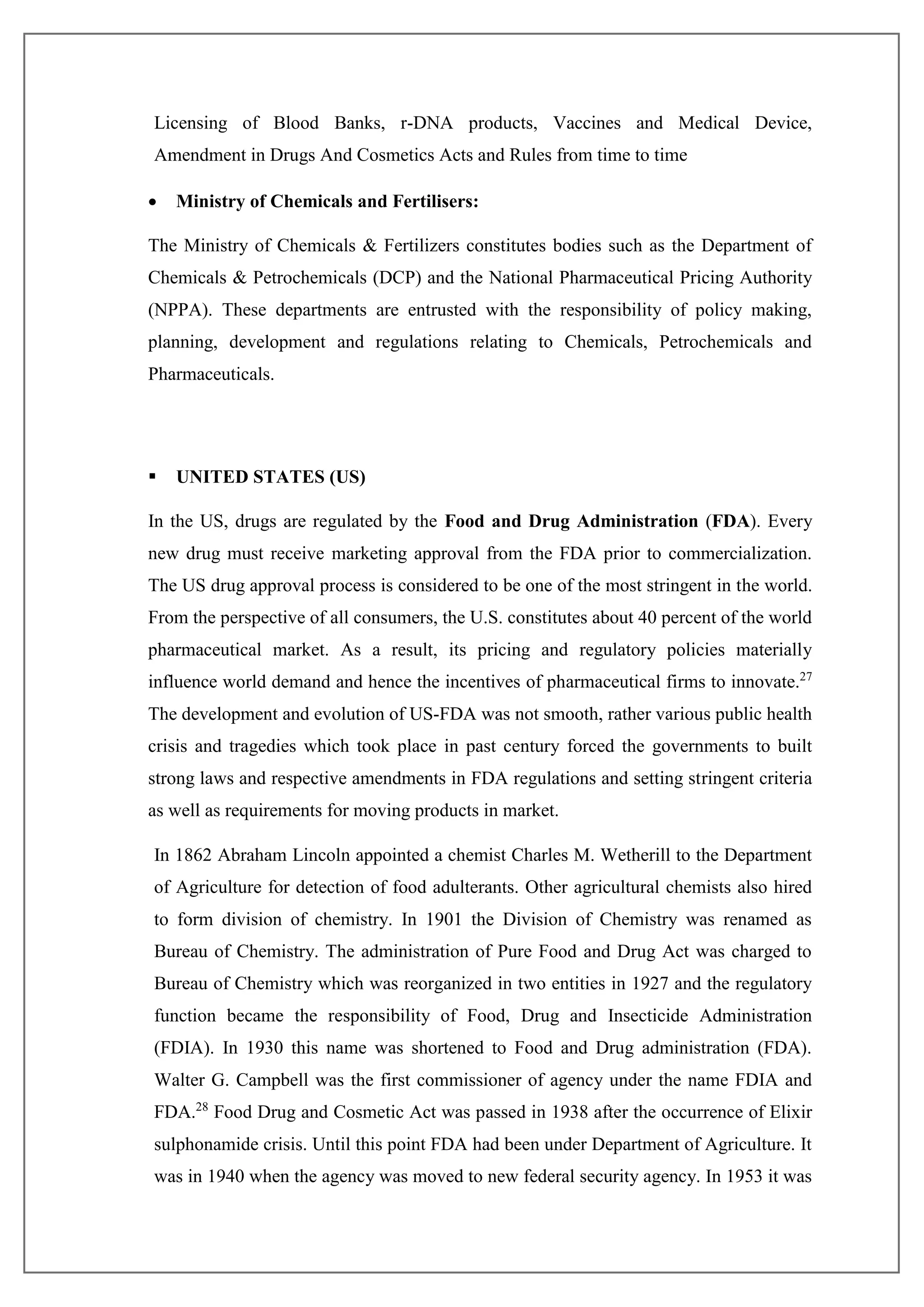



![It is also notable that PDCO is not responsible for marketing-authorisation applications
for medicines for use in children.33
This remains within the remit of the CHMP.
CAT (Committee for Advanced Therapies) performs the task of preparing the draft
opinion on each ATMP (advanced-therapy medicinal products) application submitted to
the European Medicines Agency, before the Committee for Medicinal Products for
Human Use (CHMP) adopts a final opinion on the granting, variation, suspension or
revocation of a marketing authorisation for the medicine concerned. The committee also
advises the CHMP on any medicinal product which may require, for the evaluation of
its quality, safety or efficacy, expertise in ATMPs. CAT actively participates in Agency
procedures for the certification of quality and non-clinical data for small and medium-
sized enterprises developing advanced-therapy medicinal products.
JAPAN
Japan is the world‘s second largest pharmaceutical market next to the US occupying
about 11% of global sales and generates 67% of Asia-Pacific market [39]. The
Ministry of Health, Labour, and Welfare (MHLW) is in charge of pharmaceutical
regulatory affairs in Japan. Pharmaceutical and Medical Devices Agency (PMDA)
undertakes main duties and functions of the Ministry and performs the task of approvals
and licensing. PMDA is Japanese counterpart to the FDA and is involved in operational
aspects of drug development. PMDA consists of 22 offices and 2 groups. It has primary
responsibility for administering the approval of new pharmaceutical products and
medical devices in Japan, although final authority to issue approvals still rests with the
Ministry of Health, Labour and Welfare (MHLW).34
The Pharmaceuticals and Medical
Devices Evaluation Center in the National Institute of Health Sciences was established
to strengthen approval reviews. The Pharmaceutical Affairs and Food Sanitation
Council (PAFSC) serves as an advisory body to the MHLW, and reviews and discusses
important pharmaceutical and food sanitation-related matters.
A company wishing to import a pharmaceutical product into Japan or manufacture and
sell a pharmaceutical in Japan must conduct clinical trials in Japan and apply for
approval from the PMDA. This applies even if the drug has already been authorized and
is being sold in one or more foreign countries. In some cases, the PMDA permits
applicants to submit clinical data from overseas, but this depends on the specific drug.](https://image.slidesharecdn.com/53b4098b-aa04-4c7e-8009-85c32ed3b8a7-160530182854/75/final-year-project-50-2048.jpg)













